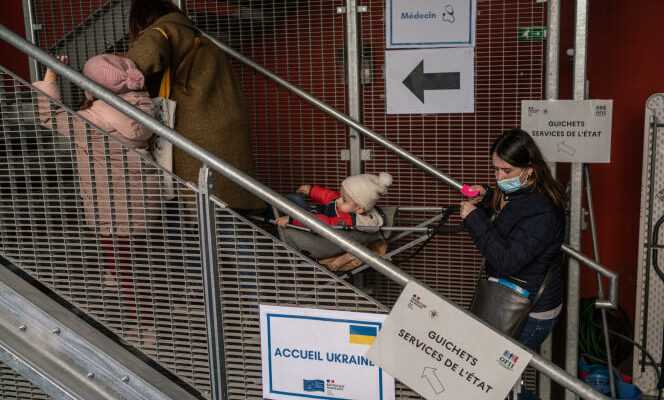Chronic. It only took a few days. Under the shock of Russian aggression against Ukraine, the words to designate the women and men who flee their country in order to escape misfortune or death have changed radically. No more “the migrant crisis”, hello “solidarity with refugees”. The war on Europe’s doorstep has changed attitudes and policies in many areas: energy, defence, sovereignty. The paradigm shift on immigration is also spectacular.
The figures of the “asylum seeker” and that of the “immigrant”, clearly distinct from the time of the Cold War or the Latin American dictatorships – the first “political”, the second “economic” – had fallen out. The gradual narrowing of legal channels for immigration, the multiplication of conflicts in the Middle East and Africa have transformed many of those who used to be called “immigrants” into “asylum seekers”. Hence the adoption of the inclusive term “migrants”. The application of the Geneva Convention of 1951 which reserves the status of refugee to any person “well-founded fear of persecution for reasons of race, religion, nationality (…) or his political opinions” has become increasingly complex, in a context where oppression and misery are often inseparable.
walls and fences
The European Union, caught between its desire to break down its internal borders and the requirement of each State to retain sovereign control over asylum, torn between East and West and between different immigration histories, never succeeded in agreeing on a common mechanism for examining asylum applications. Hence the walls, fences and policies – except in Germany in 2015 – designed to block the way for Syrians, Afghans, Africans, to try to keep them in Turkey or North Africa.
And now the Ukrainians, victims of a war of aggression the likes of which the continent has not seen since 1945, resuscitate the typically European figure of the post-Second World War “refugee”, victim of barbarism Nazi or Soviet oppression. Ironically, they are pouring in by the hundreds of thousands, in the countries of Eastern Europe which until now have been the most hostile to welcoming refugees from Africa or the Middle East. This historical snub led, on March 3, to an unprecedented decision by the European Union, with potentially considerable consequences.
You have 56.6% of this article left to read. The following is for subscribers only.
